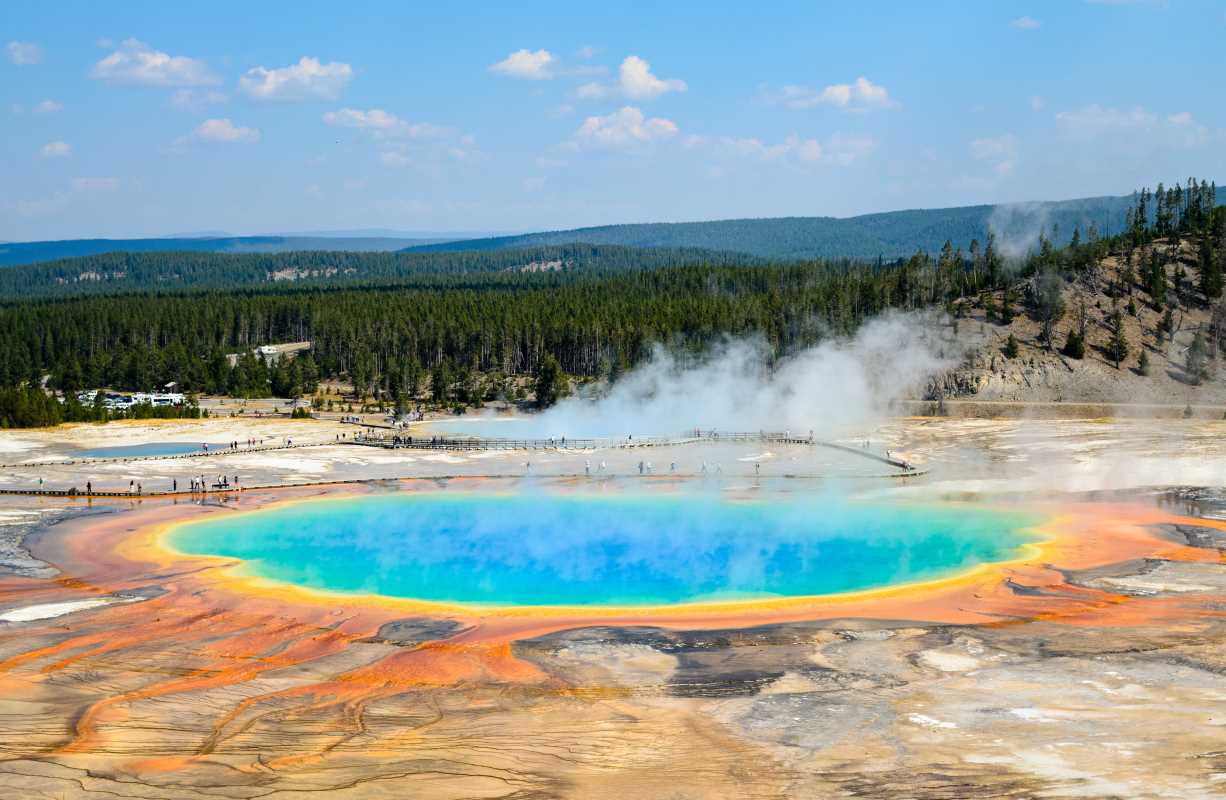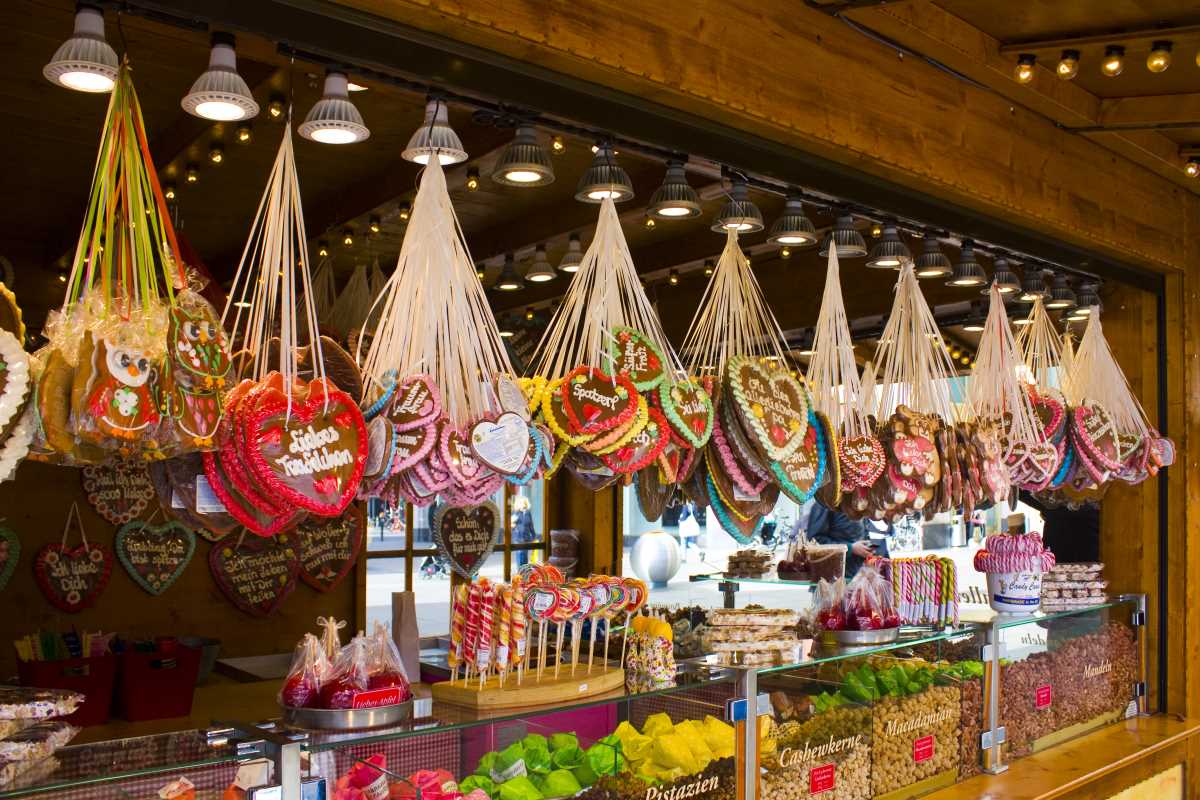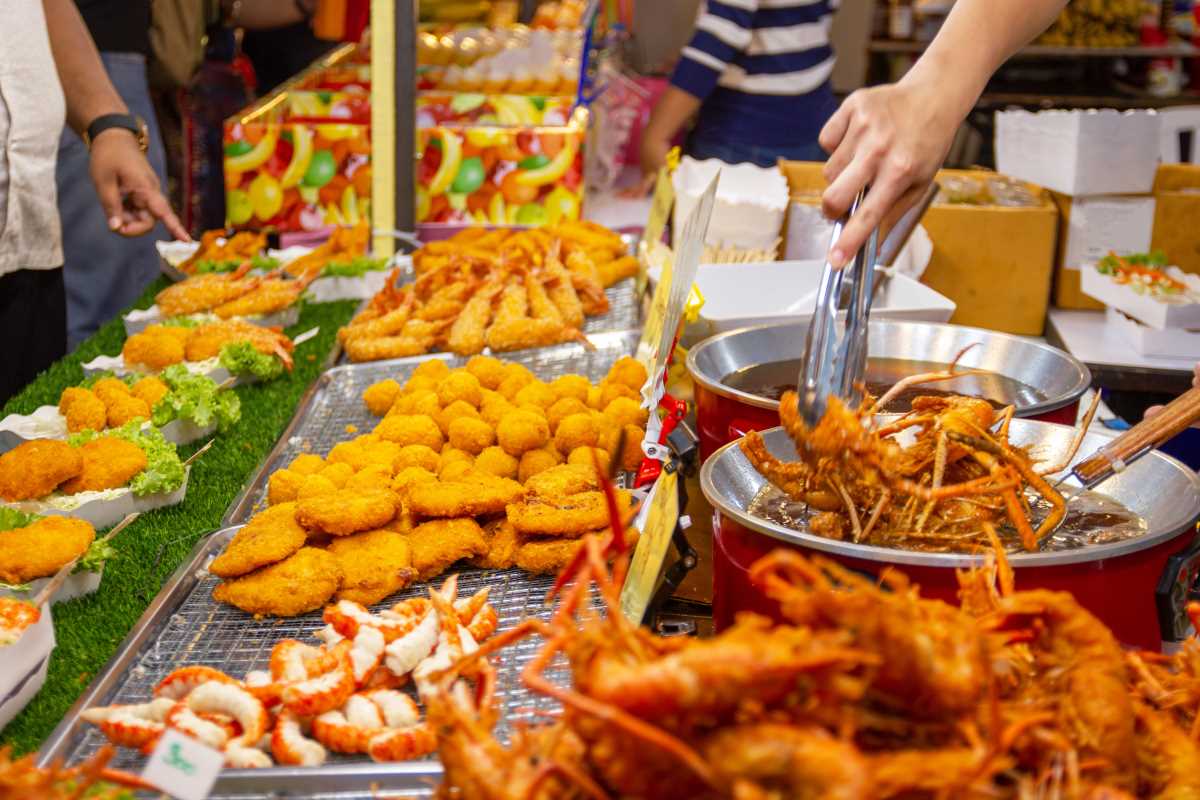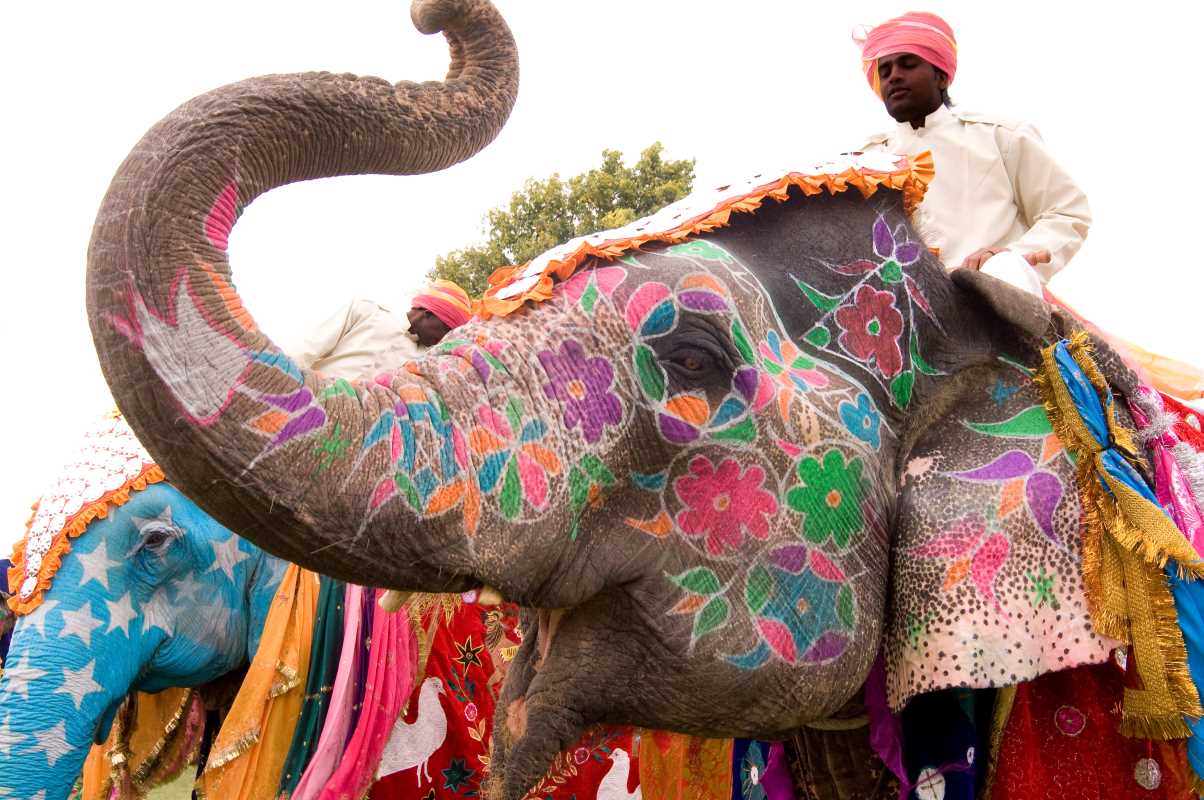Hiking through dense forests might lead you to a table filled with local cheeses, or you could find yourself simmering a pot of seafood stew beside a roaring waterfall. National parks around the world provide much more than breathtaking scenery; they also offer exceptional food experiences that surprise and delight at every turn. Whether you’re savoring a meal at a rustic mountain lodge or enjoying fresh dishes atop seaside cliffs, these locations blend the excitement of the outdoors with the pleasures of regional cuisine. Adventurers discover new tastes, connect with local traditions, and create lasting memories while exploring these wild and flavorful destinations.
11 Unexpected Culinary Adventures
1. Acadia National Park, Maine
Fishermen haul lobster traps before dawn, supplying park cafés that serve buttery lobster rolls fresh from the coast. In autumn, join a lobster boat tour ending with a traditional clambake over driftwood fires.
2. Banff National Park, Alberta
Indigenous chefs introduce bannock tacos and bearberry tea during forest walks. Workshops teach guests to identify and cook edible plants over open campfires, blending tradition with outdoor adventure.
3. Cinque Terre National Park, Italy
Seaside trattorias line the coastal trails, serving anchovy bruschetta with crisp Sciacchetrà wine. Visitors can also press olives in historic stone mills, connecting hiking with local foodcraft.
4. Torres del Paine, Patagonia (Chile)
Local gauchos grill lamb cabrito over open flames, seasoning it with Patagonian spices and pairing it with calafate berry jam—a flavor legend says ensures you’ll return to the park.
5. Yosemite National Park, California
Wilderness chefs lead yoga retreats followed by fresh-pressed juices and wildflower honey over Greek yogurt. Ingredients travel by pack mule to remote, high-elevation camps for mountain dining with a view.
6. Serengeti National Park, Tanzania
Sunrise safaris begin with spiced coffee in Maasai kettles and ugali cakes beside campfires. Evening meals feature goat stew under vast, star-filled skies.
7. Daisetsuzan National Park, Japan (Hokkaido)
Local foragers collect wild mushrooms and alpine herbs, later crafted into miso soups and steamed fish parcels wrapped in bamboo leaves—simple, earthy Hokkaido flavors.
8. Kruger National Park, South Africa
Guides cook boerewors (spiced sausage) over charcoal, serving it with pap porridge. Morning bush breakfasts highlight marula-fruit smoothies, celebrating native ingredients.
9. Zion National Park, Utah
Canyon chefs roast Pueblo corn into creamy chowders, while nighttime star tours end with s’mores made from hand-churned marshmallows and local honey.
10. Fiordland National Park, New Zealand
Eco-lodges in Milford Sound serve green-lipped mussels steamed in sauvignon blanc. Cooking classes feature wild venison and native fern dishes, connecting guests to New Zealand’s forest bounty.
11. Plitvice Lakes National Park, Croatia
Lakeside eateries grill trout on wooden planks, while nearby farms invite visitors to press apples for cider and taste honey from forest hives, rounding out this freshwater feast.
Regional Flavors Around the Globe
- North America: Maple-glazed salmon and wild berry pies in temperate forests.
- South America: Ceviche by mountain lakes and grilled llama in Andean parks.
- Europe: Olive oil tastings and foraged mushroom risottos in Mediterranean reserves.
- Africa: Spiced stews and fresh flatbreads alongside game drives.
- Asia-Pacific: Coconut curries cooked on volcanic sands and kelp salads by rocky coasts.
Cultural Context of Park Cuisine
Many park foods trace back centuries, when local communities relied on wild ingredients. For example, indigenous groups in Alaska dried salmon over smoky fires, developing preservation methods that still appear in park programs today. In the Andes, people used high-altitude herbs to season quinoa dishes, weaving culinary practices into seasonal festivals.
These traditions blend with modern techniques. Chefs in Scandinavian parks age reindeer steaks in ice caves, while Australian guides ferment wild berries into tangy sauces. When you taste these dishes, you connect with the land’s history and the hands that shaped them.
Tips for Planning and Budgeting Your Trip
Start by researching park entrance fees and seasonal peak times. Book guided culinary tours months ahead, since specialty workshops tend to sell out quickly. If you travel off-peak, lodges sometimes offer cooking classes at a discount.
Couchsurfing or volunteer stays can help reduce accommodation costs. Pack versatile camping cookware, and bring reusable utensils to minimize waste. Shop at local markets for supplies—this supports nearby communities and introduces you to regional staples like olive bread, goat cheeses, or fresh herbs.
Sustainability and Conservation
Respect wildlife by cooking at designated picnic spots and using park-approved fire rings. Carry out all trash, and avoid single-use containers. Many parks encourage visitors to forage responsibly—take only what you need and follow local guidelines to protect plant populations.
Support conservation efforts by choosing eco-friendly tour operators and seeking lodges with green certifications. Your ticket fees often fund habitat restoration, so every meal you enjoy in the wild helps preserve these landscapes for future adventurers.
National parks offer unique culinary experiences that combine tradition and innovation, enriching every adventure from trails to summits.
 (Image via
(Image via





